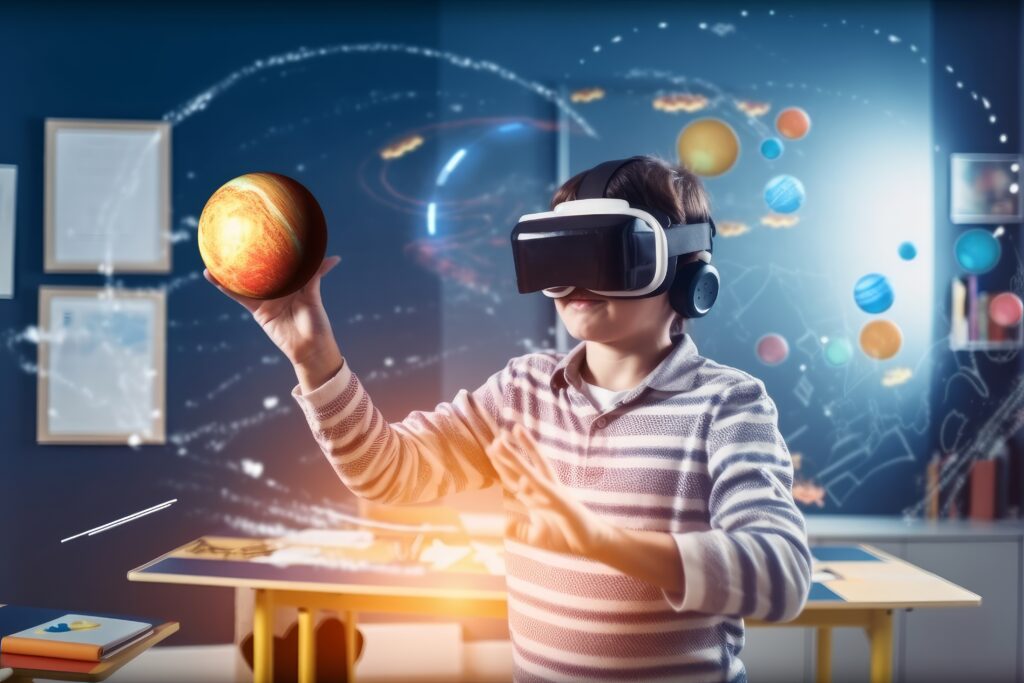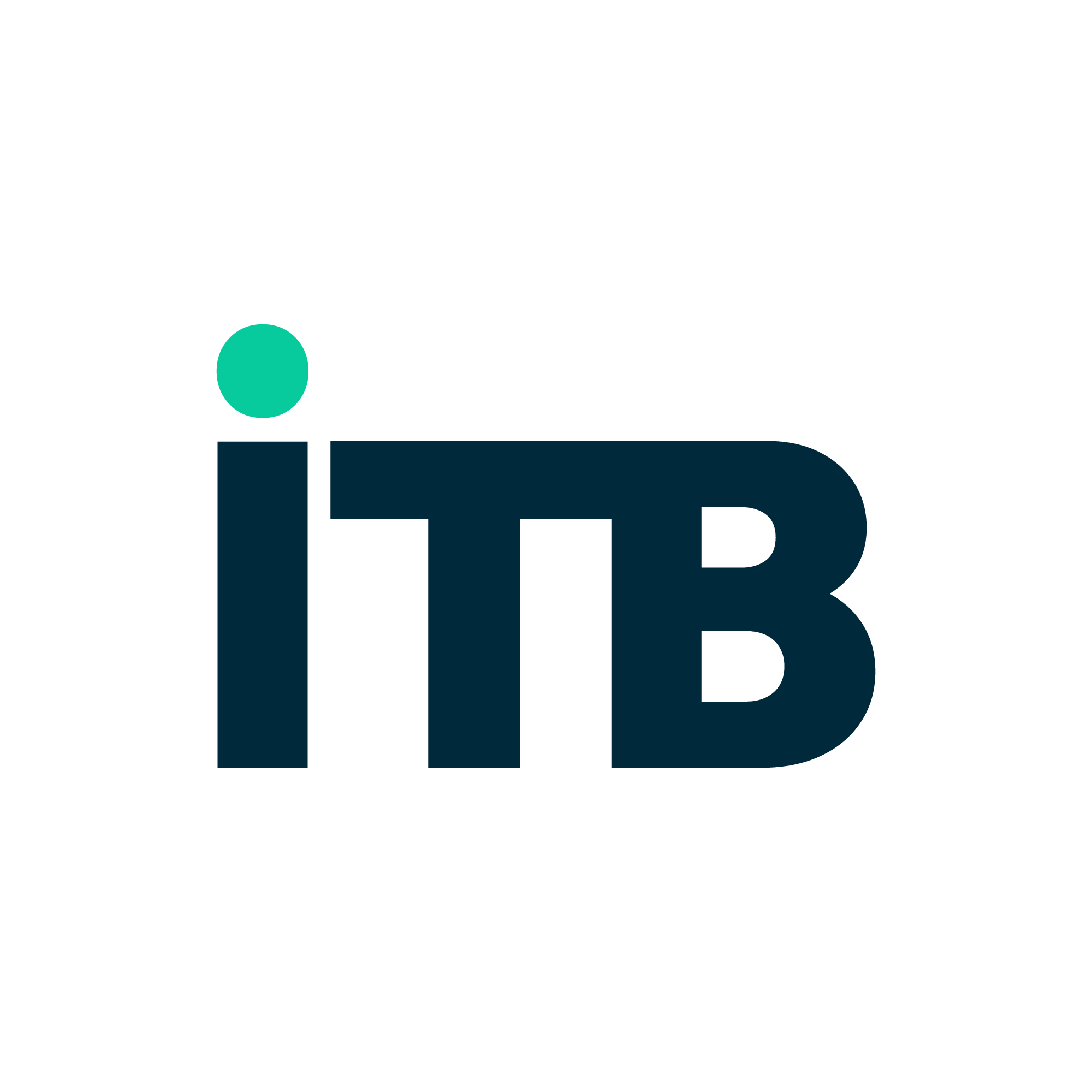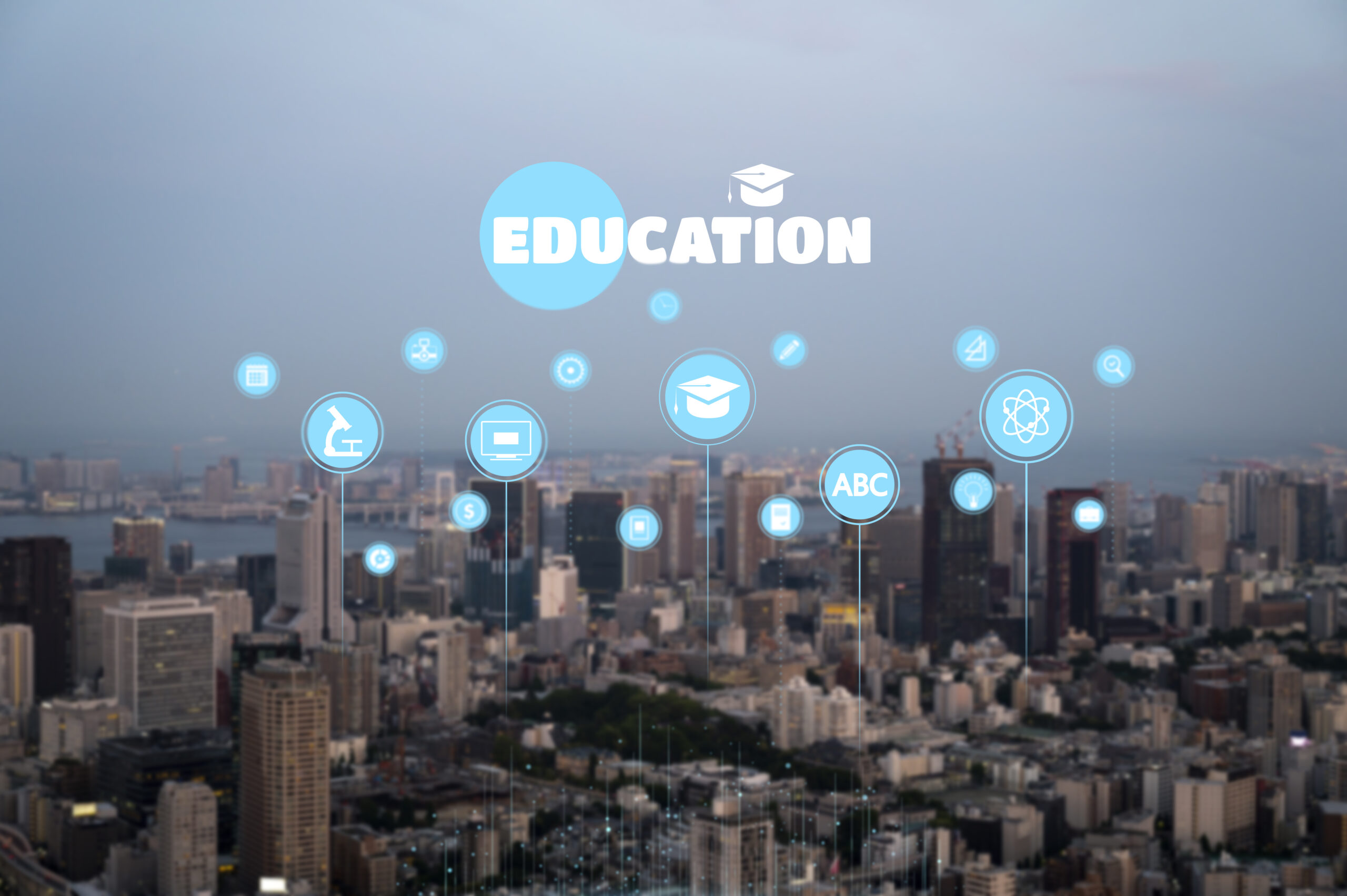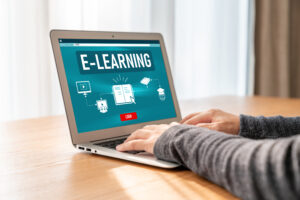The classroom of today looks nothing like it did a decade ago — and that’s a good thing.
We’ve moved from chalkboards to cloud platforms, from textbooks to tablets, and from standardized teaching to personalized, tech-enabled learning. At the heart of this revolution is a powerful enabler: Information Technology (IT).
This isn’t just digitization. It’s a reimagination of what education can be — flexible, inclusive, data-driven, and future-proof.
What Sparked the EdTech Revolution?
While digital learning tools have been around for a while, it was the global push for remote education that accelerated adoption. But survival turned into transformation — and that transformation is being powered by IT systems that can scale, secure, and simplify modern learning.
From virtual classrooms to AI tutors, it’s IT that’s building the infrastructure, running the platforms, and enabling real-time collaboration and personalization at scale.

5 Ways IT is Powering the Future of Education
1. Cloud-First Classrooms
Gone are the days of USB drives and software CDs. Learning today lives in the cloud. IT teams deploy platforms like Google Classroom, Microsoft Teams, or Moodle that enable:
Real-time access to learning materials
Seamless teacher-student collaboration
Always-on availability, across devices and geographies
2. Smart Data for Smarter Learning
Data is the new chalk. IT systems collect, process, and visualize student performance in real-time, helping educators:
Spot learning gaps early
Customize interventions
Track progress with clarity
With analytics dashboards and AI-powered insights, teaching becomes informed, not assumed.
3. Security & Privacy by Design
With more student data online than ever before, cybersecurity is now a pillar of education. IT teams:
Encrypt data
Manage secure logins
Monitor platforms for vulnerabilities
Ensure compliance with laws like GDPR and FERPA
Because trust is the foundation of every learning relationship.
4. Scalable Infrastructure
Think of a platform hosting thousands of students across countries — watching videos, submitting assignments, asking questions — all at once.
Only robust, scalable IT infrastructure can handle that. Cloud elasticity, content delivery networks (CDNs), and server management are what make modern EdTech possible at scale.
5. AI-Driven Personalization
With IT powering backend systems, AI algorithms can:
Adapt lesson plans to individual learners
Provide real-time feedback
Suggest resources based on performance patterns
This is what personalized learning at scale looks like — and it’s no longer the future. It’s now.
IT Isn’t Replacing Teachers — It’s Elevating Them
There’s a misconception that EdTech might make educators obsolete. But the truth? It gives them superpowers.
With the help of IT:
Teachers automate admin tasks and focus more on creative teaching
They get data-driven insights to tailor support
They can reach students across borders, not just in a classroom
Technology empowers educators to do what machines can’t: inspire, mentor, and guide.
The Road Ahead: What’s Next in EdTech?
🔹 Immersive Learning: Virtual and augmented reality classrooms
🔹 AI Teaching Assistants: Available 24/7
🔹 Blockchain Credentials: Secure, verifiable certifications
🔹 Voice-Powered Learning: For accessibility and engagement
🔹 5G Learning Experiences: High-speed, low-latency interactivity
And all of this rests on well-architected IT ecosystems.
IT Is the Infrastructure of Innovation
The EdTech revolution isn’t driven by flashy apps or viral tools — it’s driven by reliable, adaptable IT systems working in the background.
Because when IT and education come together, the result isn’t just smarter classrooms. It’s limitless learning.
So whether you’re teaching a student across the world or learning a new skill from your phone — know this: IT made it possible.




